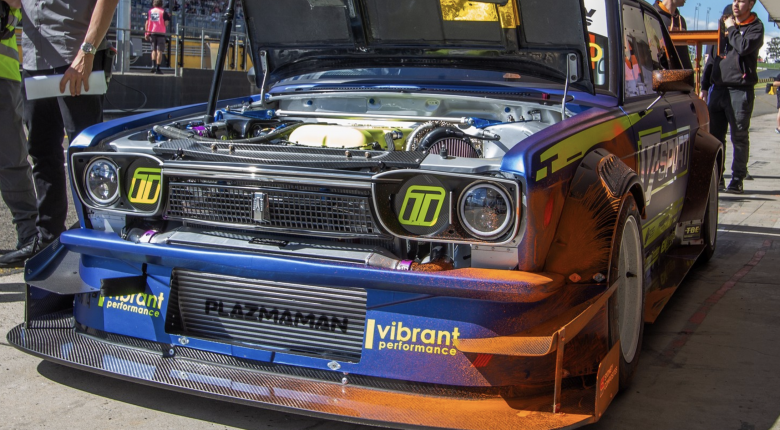We often chase engine and tuning upgrades first, but could a front splitter and rear wing be a smarter starting point for our race cars?
We caught up with Kyle Forster from JKF Aero to break down how aerodynamics work in practice and how to make effective improvements at every level of motorsport. From the priorities of downforce vs drag, to choosing the right aero balance for your car's drivetrain layout, this conversation covers everything from tuft testing a club racer to CFD and F1-style development cycles, noting Kyle was an aerodynamicist for the Mercedes Formula 1 team during their hybrid era peak.
Kyle explains key tuning strategies using splitters, wings, rake, and gurney flaps, plus the difference between 2D and 3D wing profiles and how things like swan neck mounts and dual elements can drastically improve efficiency and downforce. He also clarifies some common misconceptions about turbulent flow, stalling, and the practical implications of end plate design, big and small.
Practical advice is given for grassroots racers, including the use of tufts or strong coast-down testing, and why stopwatch and driver feedback still matter. At the professional level, Kyle explains how CFD, wind tunnel testing, and track validation work together in a continuous development loop for professional motorsport including Formula 1 car development.
So, where are the biggest gains to be had for a club racer? As you might have guessed, front splitters and rear wings. Get them on the car and develop over time from there, forgetting about flat floors and rear diffusers until further down the line is Kyles advice.
Whether you're trying to gain lap time at your local time attack event or you’re part of a pro-level development team, this video gives valuable insight into how to build aero that works. To see more of Kyle’s work, check out JKF Aero at jkfaero.com or his YouTube channel.
------------------------------------
TIME STAMPS:
0:00 - Kyle - JKF Aero
0:18 - SIMPLICITY: Downforce Is Key
1:21 - Race vs Time Attack vs Track Type
1:51 - FWD vs RWD Aero Balance
3:01 - How to Make GOOD Aero Adjustments
3:52 - Wing: Angle of Attack
4:19 - Wing: Gurney Flap
4:46 - Turbulence Isn't Stalling
5:05 - Stalling and Flow Separation
5:33 - What is a Gurney Flap?
6:36 - Tuning Gurney Flaps: Size vs Span
7:12 - 3D Vs 2D Wing Profiles
9:10 - End Plates: What They Do and Why Size Matters
10:33 - End Plate Load Vs Lift Example
11:20 - Wing Profile Shape and Curvature
12:15 - Swan Neck vs Undermounts
13:29 - Dual vs Triple Element Wings
14:19 - Aero Testing at the Grassroots Level
14:45 - No Flow-vis?
14:54 - Tuft Testing (aka Sting Testing)
15:14 - Coast Down Testing
15:31 - Data Analysis & Feel
16:00 - Best Entry-Level Aero Upgrades
16:44 - What CFD?
18:03 - Why CFD is Dangerous
19:03 - Formula 1 Testing Cycle
20:15 - Kyle Engineers
20:26 - BUILD.TUNE.DRIVE







Comments
No one has commented on this page yet.